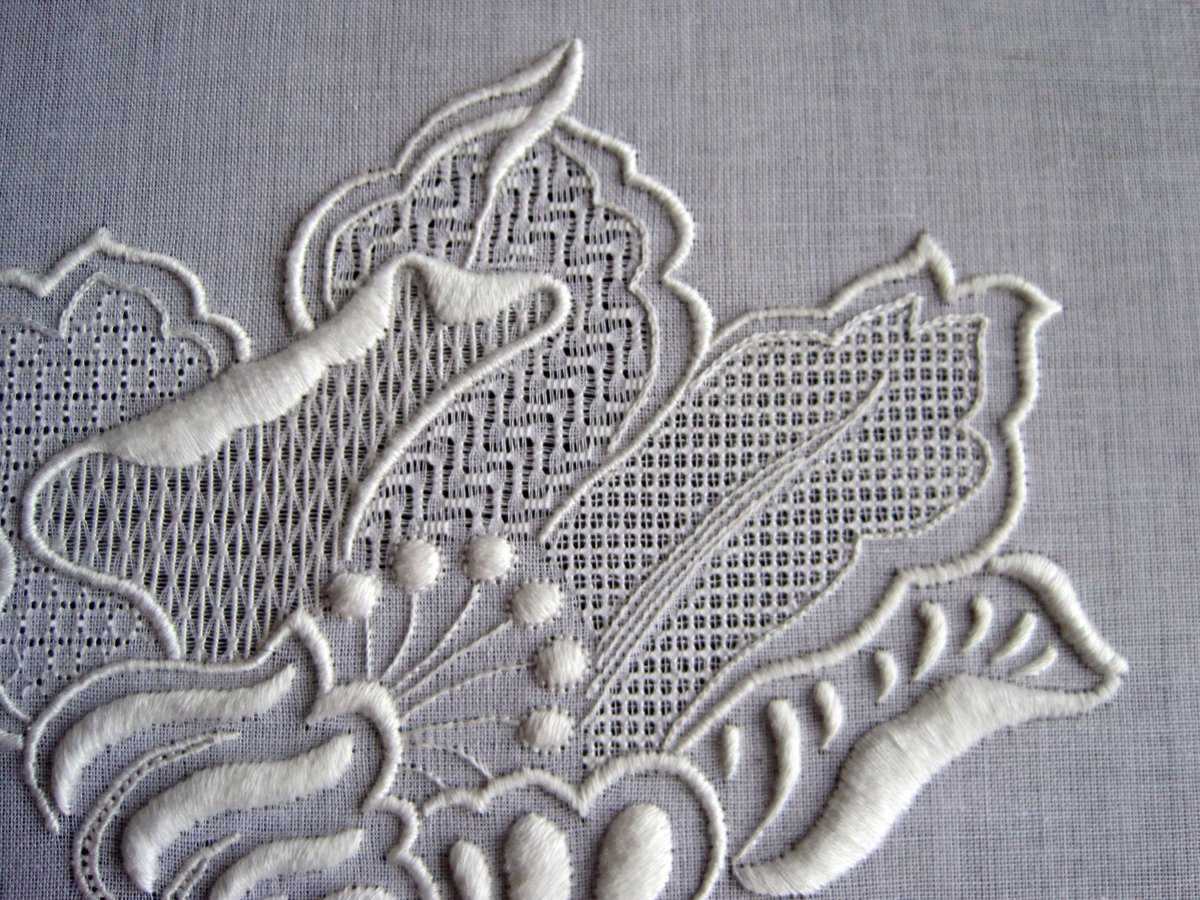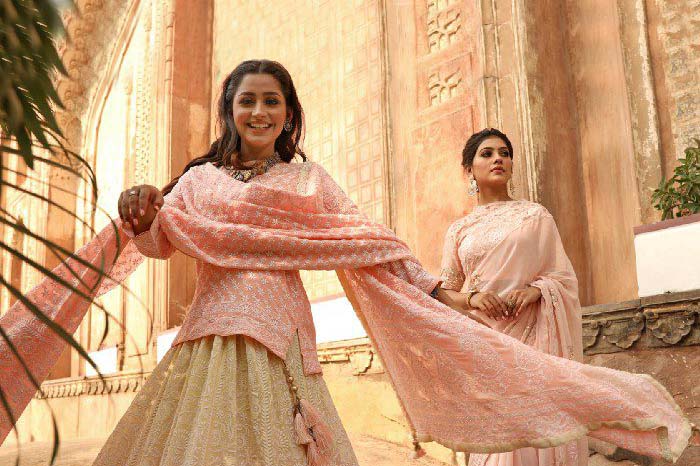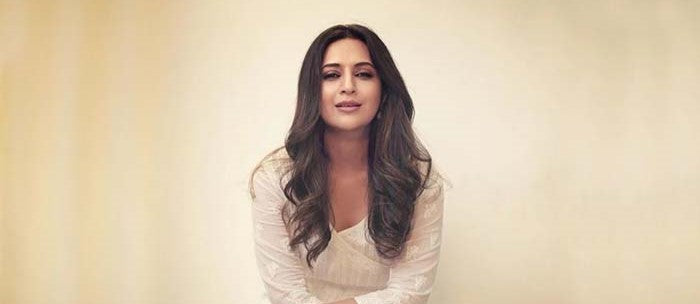
Marvel Of The Motifs – 3 International Embroideries Similar To Chikankari
Birthed in the Mughal era, Chikankari is an artistic hand-woven embroidery, forming in itself a wondrous art form. Said to be introduced in the Mughal courts by Noor Jahan, the intricate craft flourished in the Mughal courts throughout the 16th century.

Creating countless ensembles with intricate work encompassed within 36 magical stitches, the craft is truly one of a kind. Within each intricate stitch lies a story- a motif, bringing these ethereal garments to life.
Traditionally starting as a white on white embroidery, the craft was then doused in various hues over the years.
A recurring artistic design made throughout an ensemble is known as a motif. Creating vivid imagery and leaving a lasting impression, Chikankari harbours an array of stunning motifs in its ensembles.
Ajanta’s rock painting dates back to the 3rd century BC, unveiling the first glimpse of Chikan embroidery through its patterns and motifs.
Let’s delve deeper, shall we?

Florals- Owing to its enormous Persian influence, Chikan work is synonymous with delicate florals. Petals, flowers, leaves are common motifs found on Chikankari outfits.
Paisley- Shaped like a teardrop or a mango- curved at the top, the paisley motif draws inspiration from Persian aesthetics; rendered with precision and impeccable skill upon the ensembles.
Abstracts- Drawing inspiring from anything ranging from flora to fauna, abstract motifs are like paintings made with needles- free-flowing and sights to behold.
Geometric- Stark and bold, geometric motifs include shapes like circles, squares, triangles, lines, and so on- culminating into spectacular designs.
Though one of a kind, there are few embroideries over the world one can draw resemblances towards Chikankari with:
Ayrshire embroidery, Scotland- Ayrshire embroidery is the closest to chikan they say. Ayrshire whitework came to light in the 19th century- creating a substantially lower-priced substitute for lace. It lead to a large amount of employment for artisan women in South- West Scotland, only to meet the ill fortune of a rapid decline thereafter. Stitched with fine threadwork and full stitches, its delicate floral motifs bestowed upon muslin gowns; the garment that drove the craft to its popularity can be compared to the intricacies of Chikan work. What we call Pechani and murri of Chikankari is whipped stem stitch and padded stitch of Ayrshire.
 Schwalm embroidery, Germany- Translating to “the white stitchery from the Schwalm, this embroidery originated in the 18th century. A folk embroidery, Schwalm draws inspiration from the German ‘tree of life’- depicting the Cristan overcoming of death. Comprising of the classic white on white, this art uses pulled threadwork, opaque translucent textures, and bold motifs such as flowers, doves, hearts, and animals amongst others. The principle of white on white remains a common factor between Schwalm and Chikankari, yet Schwalm is done on linen whereas Chikan on muslin. Chikankari’s ‘jaali work’ shares a great resemblance to the drawn thread work of Schwalm.
Schwalm embroidery, Germany- Translating to “the white stitchery from the Schwalm, this embroidery originated in the 18th century. A folk embroidery, Schwalm draws inspiration from the German ‘tree of life’- depicting the Cristan overcoming of death. Comprising of the classic white on white, this art uses pulled threadwork, opaque translucent textures, and bold motifs such as flowers, doves, hearts, and animals amongst others. The principle of white on white remains a common factor between Schwalm and Chikankari, yet Schwalm is done on linen whereas Chikan on muslin. Chikankari’s ‘jaali work’ shares a great resemblance to the drawn thread work of Schwalm.
Hedebo embroidery, Denmark- Originated in the Zealand district of Denmark, the Headebo embroidery was birthed in the early 1700s. Created by a community of farmers, this whitework is also known as embroidered lace. A technique evolved over the span of 100 years, it consists of 7 styles and primarily stands out for its bold motifs including human figures, geometrics, animals, trees, and more!
Rich culture and heritage form the heart and soul of Chikankari, shared above were some
interesting crafts, woven within their seams untold tales and motifs to marvel at!



